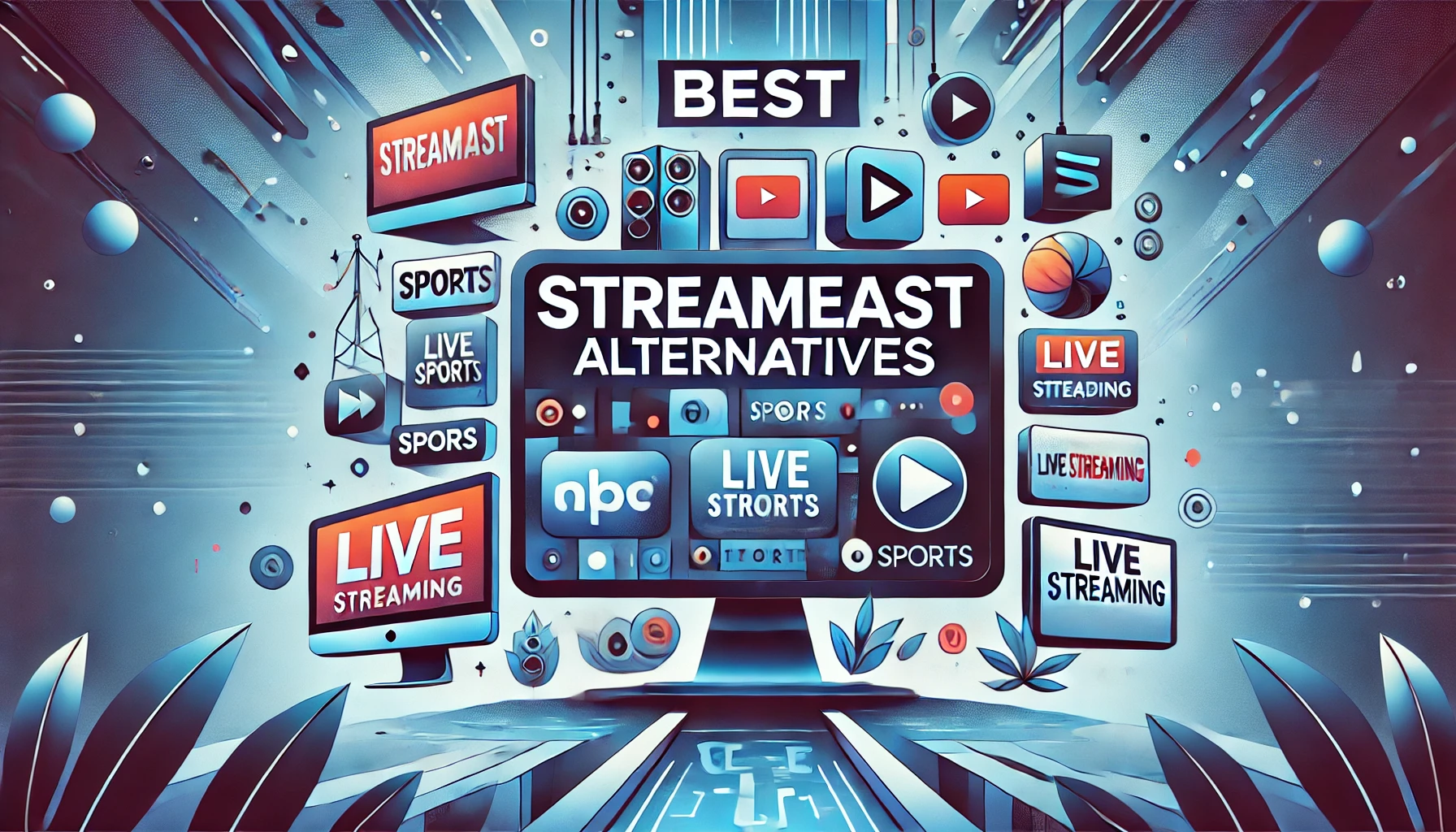
Web crawling is a fundamental process in the world of search engine optimization (SEO) and digital marketing. It involves automated scripts, known as web crawlers or spiders, that systematically browse the internet to index website content. These crawlers are essential tools used by search engines like Google, Bing, and Yahoo to discover, analyze, and rank web pages based on their relevance and quality.
Understanding web crawling is crucial for anyone looking to enhance their website’s visibility and performance in search engine results pages (SERPs). In this article, we will delve into what web crawling entails, its significance for SEO, and how you can optimize your site to be crawler-friendly, focusing particularly on the concept of “ID crawl.”
What is ID Crawl?
ID crawl refers to the process where web crawlers index web pages that use unique identifiers (IDs) within their URLs or page elements. These IDs can be session IDs, user IDs, or any dynamically generated parameters that help in tracking user behavior or personalizing content.
While using IDs in URLs can be helpful for session management and personalization, it often poses challenges for search engines. For example, a search engine might see multiple URLs as different pages, even if they point to the same content, leading to duplicate content issues and affecting SEO performance.
The Role of Web Crawlers in SEO
Web crawlers play a pivotal role in SEO. Their primary function is to discover new content on the internet and update existing content in the search engine’s index. Here’s a breakdown of how they work:
- Discovery: Crawlers start by fetching a few web pages and then follow the links on these pages to find new URLs. This process continues, allowing the crawler to find new pages and add them to the search engine’s index.
- Analysis: Once a page is discovered, the crawler analyzes its content, structure, and HTML to understand what the page is about. This includes looking at the text, metadata, and images, as well as the use of keywords.
- Indexing: After analyzing a page, the crawler adds it to the search engine’s index, a vast database of web pages. This index is what the search engine uses to determine which pages to show in response to a user’s search query.
- Ranking: The indexed pages are then ranked based on several factors, including relevance to the search query, page quality, and user experience signals.

Why ID Crawl Matters for Your Website
ID crawl can significantly impact how your website is indexed and ranked by search engines. Here’s why it matters:
- Duplicate Content Issues: URLs with different session or user IDs pointing to the same content can create duplicate content problems. Search engines may struggle to determine which version of the page to rank, potentially harming your SEO efforts.
- Crawl Budget Waste: Each website has a “crawl budget,” which is the number of pages a crawler will fetch and analyze during a given period. If a significant portion of your crawl budget is spent on duplicate pages with different IDs, essential pages might not get crawled or indexed.
- User Experience: Pages with session IDs can lead to poor user experience if these IDs are not managed correctly. For example, users might bookmark a URL with a session ID, which could lead to expired sessions or error pages.
Optimizing Your Website for ID Crawl
To ensure that ID crawl positively impacts your SEO, you need to optimize your website and manage IDs carefully. Here are some strategies to consider:
- Canonical Tags: Use canonical tags to signal to search engines which version of a page is the “master” version. This helps consolidate link signals and avoid duplicate content issues.
- Robots.txt and Meta Robots: Use the robots.txt file to block crawlers from accessing certain pages with session IDs. Similarly, use meta robots tags to prevent indexing of pages that should not appear in search results.
- Parameter Handling: Configure Google Search Console and other search engine tools to ignore specific URL parameters. This helps prevent search engines from treating pages with different session IDs as unique pages.
- URL Structure: Whenever possible, avoid using session IDs in URLs. Instead, use cookies or other mechanisms for session management. A clean, user-friendly URL structure is more likely to be favored by search engines.
- XML Sitemaps: Ensure your XML sitemap lists only the canonical versions of your pages. This helps search engines understand which pages you want to prioritize in their index.
Advanced Techniques for Managing ID Crawl
For larger websites or those with dynamic content, advanced techniques may be necessary to manage ID crawl effectively:
- JavaScript Rendering: Ensure that your JavaScript is optimized for SEO. Some dynamic elements that generate IDs might not be crawled effectively if your JavaScript prevents search engines from seeing the content as intended.
- Server-Side Rendering (SSR): Implement SSR for dynamic content to ensure that all essential elements are visible to crawlers. This technique generates a fully rendered page on the server side before sending it to the client, which can help with indexing.
- Use of Headers: Utilize HTTP headers such as Vary: User-Agent to serve different content versions based on the user agent. This can help manage content for both users and crawlers more effectively.
Monitoring and Adjusting Crawl Behavior
Regular monitoring of your website’s crawl status is essential to identify and fix any issues that arise. Here are some tools and techniques:
- Google Search Console: This tool provides insights into how Google crawls and indexes your site. You can see which URLs are being indexed and any crawl errors that may exist.
- Crawl Analysis Tools: Use tools like Screaming Frog, DeepCrawl, or Botify to perform a comprehensive analysis of your site’s crawl behavior. These tools can help identify issues with ID crawl, duplicate content, and other SEO concerns.
- Log File Analysis: Analyzing server logs can provide a clear picture of how crawlers are interacting with your site. This helps you understand if crawlers are spending too much time on pages with IDs or if essential pages are being missed.
- A/B Testing for SEO: Conduct A/B testing to determine the impact of changes to your site’s URL structure or crawl settings. This can help you fine-tune your approach to managing ID crawl and maximizing SEO benefits.
Conclusion
ID crawl is a nuanced aspect of web crawling that requires careful management to avoid potential pitfalls like duplicate content issues and wasted crawl budget. By understanding the implications of ID crawl and implementing best practices for managing it, you can enhance your website’s SEO performance and ensure a better user experience.
Remember to regularly monitor your site’s crawl status and make adjustments as needed to maintain optimal SEO health. With the right strategies in place, ID crawl can be managed effectively, helping you achieve your SEO goals and improve your website’s visibility in search engine results.






